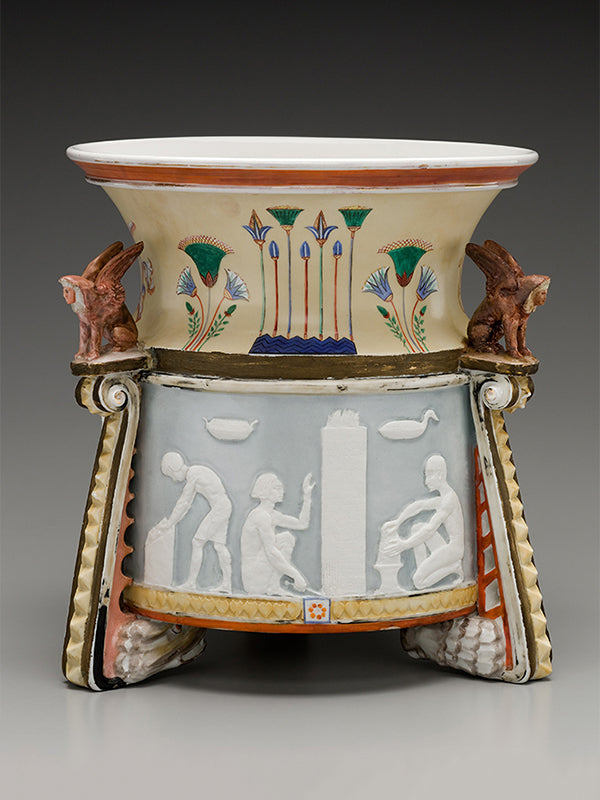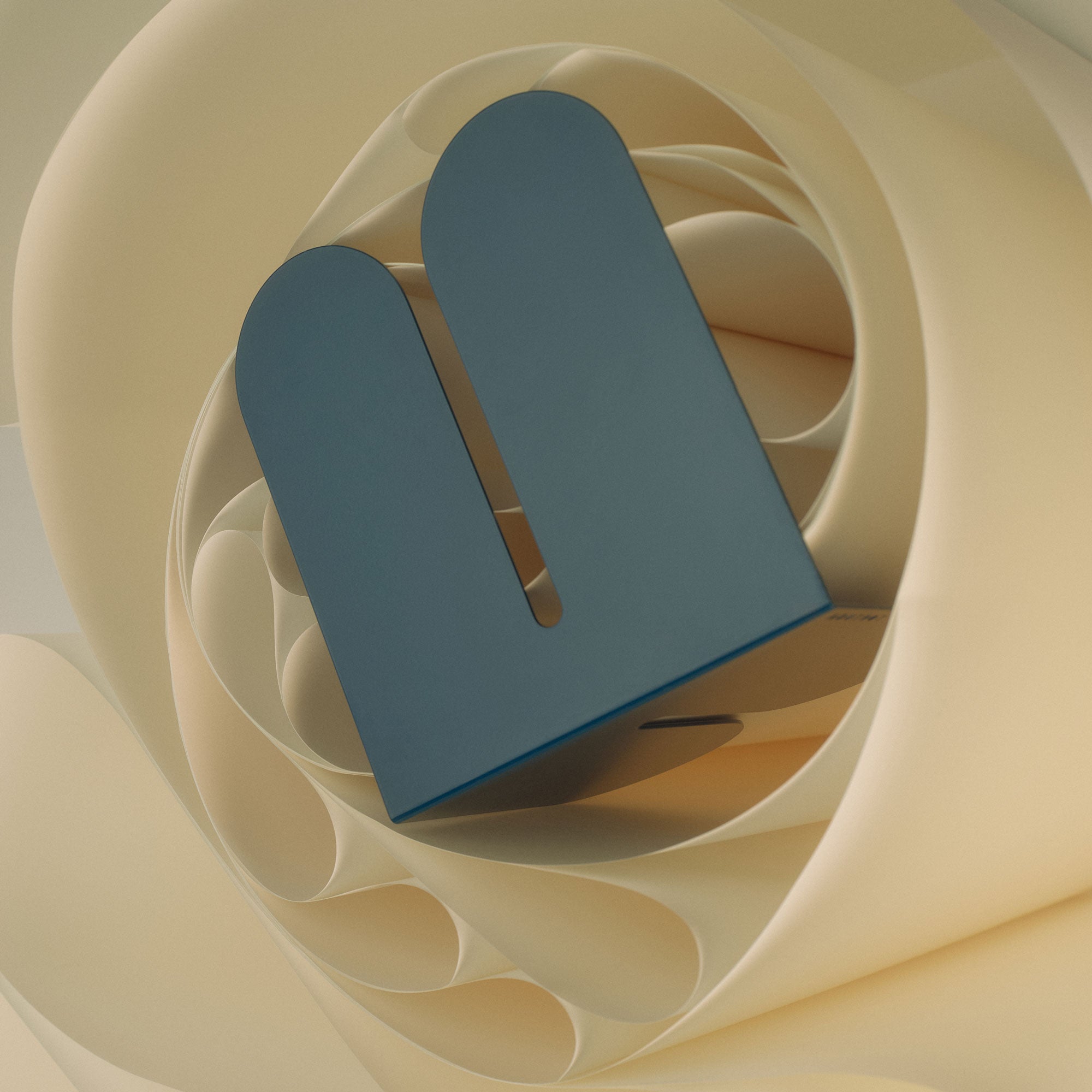
Visual history of the flower pot, vase and planter
An astonishing variety of vessels have been designed to contain, cultivate and transport flowers since the Egyptians first used pots to move plants from one location to another. With a timeline spanning from Classical Greece to the Victorian Era to 1980s Memphis design, we chart the evolution of the humble flower pot and the rise of the houseplant, highlighting our favorites.
Making a selection from this sparsely documented history was challenging, but we turned to The Met’s archives to identify key examples that showcased specific materials, forms, and uses for the planter.
Terracotta pyxis, Greece ca. 575–550 B.C.

Flower pots were traditionally made from terracotta. This pyxis (small box used for trinkets ) bears a simple Corinthian pattern of scalloped edges.
Flowerpot, China. 14th–15th century

Lambertus van Eenhoorn, Garniture, ca. 1690

In the 18th century, pots were used to send seedlings, orchids, violets and geraniums to and from Africa, the West Indies, North America and Europe. This 1690 garniture set by Lambertus van Eenhoorn Dutch is composed of a covered vase, two double gourd vases, and two beakers. Garnitures were made for decorative purposes to be placed on top of cabinets and mantelpieces. A prime example of Delft pottery, the vessels display the classic blue and white palette, floral pattern and exceptional glaze quality.
Wedgwood and Co., Bulb pot, ca. 1780–90

The Victorian era is often credited as the era of the houseplant. As industrialization in the workplace proliferated, home became a peaceful refuge, and bringing nature indoors was one part of this effort.
Karl L. H. Müller, Jardinière, 1876

German sculptor Karl L. H. Müller designed extraordinary works resurrecting and combining historical styles in adventurous ways. This jardinière (ornamental pot) is a fitting tribute to the history of pottery making in ancient and modern times. Around the lower half, scenes of potters from ancient Egypt and Greece--as well as from modern American industry--are modeled in low relief. The upper half shows a painted frieze of motifs.
Frank Lloyd Wright, Square Planter. ca. 1955

In 1955, Frank Lloyd Wright designed the Four Square line of furniture for production by Heritage Henredon. Wright also designed accessories to match, but only prototypes of the Square Vase and a series of taller vases were made. We wish these would have gone into production.
Alvar and Aino Aalto, Savoy Vase, 1937

This iconic piece of Finnish design was created by Alvar Aalto and his wife Aino for the Savoy restaurant in Helsinki that opened in 1937. Inspired by the dress of a Sami woman, the billowing shape made the vase challenging to produce. Today, it is manufactured by glass factory Iittala and has been produced in nearly every color.
Pablo Picasso, Assorted ceramics, 1946-1973

Picasso discovered clay as a relaxing medium to work with during summers on the Côte d’Azur. Collaborating with the Madoura Pottery workshop, he produced affordable editions available for purchase from the workshop. Picasso drew on many sources for his ceramic designs, but animal and human faces were a common theme as well as Greek mythology and bullfighting.
Shiro Kuramata, Flower Vase #3, 1989

Shiro Kuramata was a member of Memphis and among the most innovative designers of the late twentieth century. This vase exemplifies the elegance and poetic lyricism of his minimalist aesthetic while exploring the visual possibilities of acrylic.
Ettore Sottsass, Clesitera Vase, 1986

Ettore Sottsass and Marco Zanini collaborated with Murano glassblowers to produce Memphis's first glass collection. The pieces, all named for constellations, required technical mastery to realize the elaborate designs. The Clesitera Vase is a prime example of Sottsass’s totemic design style, with the addition of exotic "jewelry".


